Overhead power lines mainly refer to overhead electrical wires, erected on the ground, and are transmission lines that use insulators to fix transmission wires on poles standing upright on the ground to transmit electrical energy.
What type of wire is used for overhead?
The wires used in low-voltage overhead lines are divided into bare wires and insulated wires. According to the structure of the conductor, it can be divided into single-strand conductor, multi-strand conductor and hollow conductor; its common types are AAC/AAAC/ACSR/ACAR.
The bare wire is the main body of the overhead line and is responsible for transmitting electrical energy. Since the wires are erected on the poles, they must often bear the effects of self-weight, wind, rain, ice, snow, harmful gas erosion, and air temperature changes. Therefore, the wire is required not only to have good electrical conductivity, but also to have sufficient mechanical strength and good corrosion resistance.
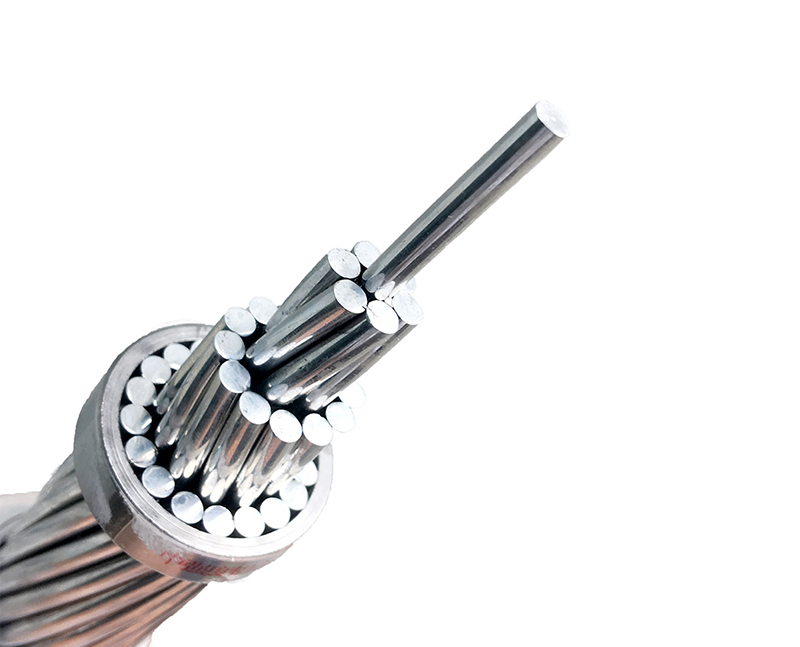
(1). All Aluminum Conductor (AAC): This bare concentric-lay stranded conductor is constructed with a straight round central wire surrounded by one or more layers of helically layed wires. These wires are of aluminum 1350 and can be provided in different classes of stranding and tempers.
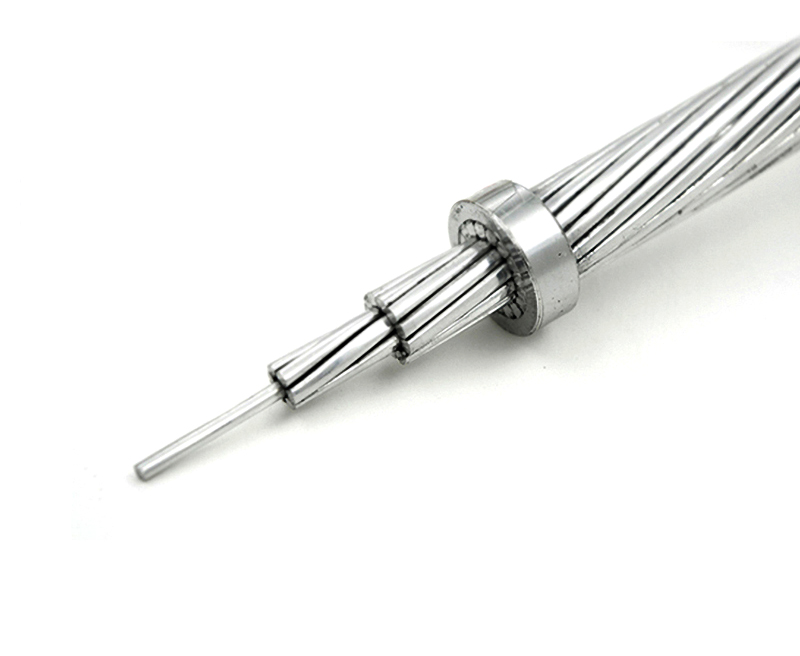
(2). All Aluminum Alloy Conductor (AAAC): This bare concentric-lay-stranded conductor, made from round aluminum alloy 6201 -T81 wires, is constructed with a central core surrounded by one or more layers of helically laid wires.
It was designed to attend the needs of an economic conductor for the applications on aerial circuit that require a larger mechanical resistance than the one of an All Aluminum Conductor (AAC), and a better corrosion resistance than the one produced by the aluminum conductor steel reinforced(ACSR). The conductors of Aluminum Alloy 6201-T81 are harder and have a better resistance to the abrasion than the conductors of aluminum 1350.
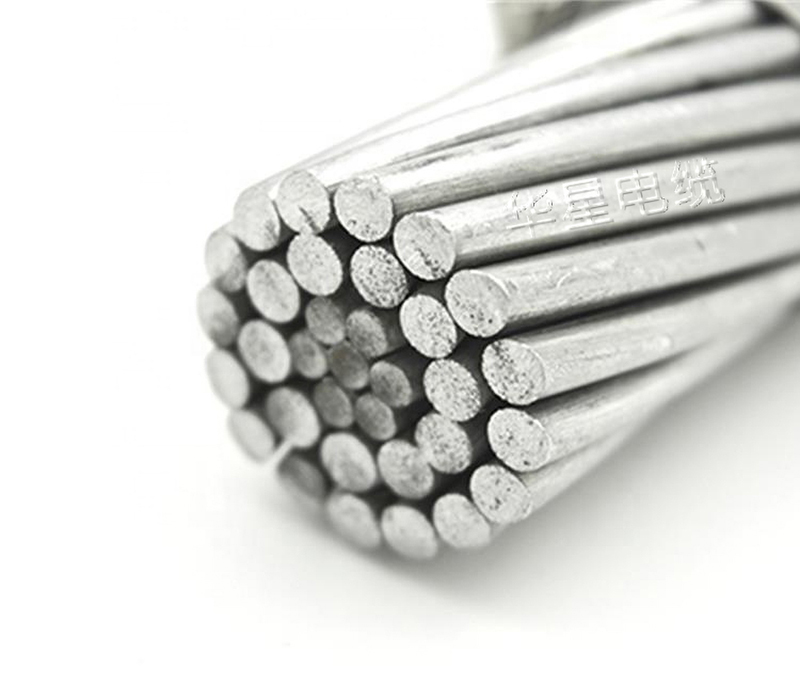
(3).Aluminum Conductor Steel Reinforced Conductor (ACSR) : This bare concentric-lay-stranded conductor is made from round aluminum 1350-H19 (extra hard) wires and round zinc-coated or aluminum-coated steel core wire(s) to be used as overhead electrical conductors.Used as bare overhead transmission cable and as primary and secondary distribution cable. ACSR offers optimal strength for line design. Variable steel core stranding enables desired strengthto be achieved without sacrificing ampacity.
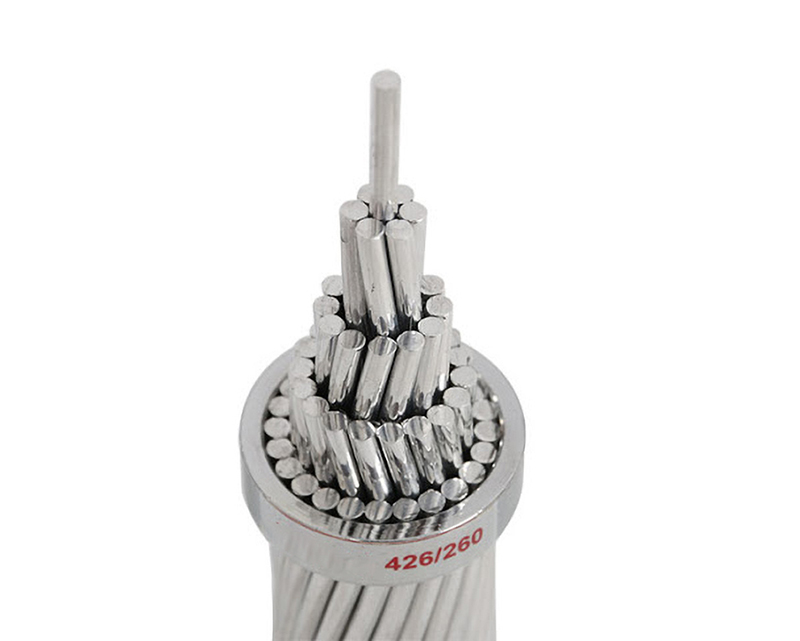
(4).Aluminum Conductor Alloy Reinforced Conductor (ACAR)This bare concentric-lay-stranded conductor is made from round aluminum 1350-H19 (extra hard) wires and round aluminum alloy 6201-T81 core wires for use as overhead electrical conductors.It presents a higher mechanical resistance.
Overhead insulated cable is an overhead wire equipped with an insulating layer and a protective sheath. It is a special cable manufactured by a production process similar to that of a cross-linked cable. It is a new transmission method between overhead wires and underground cables.
Aerial bundled cables (also aerial bundled conductors or simply ABC) are overhead power lines using several insulated phase conductors bundled tightly together, usually with a bare neutral conductor. The conductor can be all aluminum, aluminum alloy or aluminum with a steel core, used for overhead power distribution as an alternative to bare conductor.
Construction:
ABC cable used for low voltage overhead line transfer, structured by stranded aluminum conductor or aluminum conductor with steel core , both single core and multi-cores ,insulated by UV resistant XLPE.
Overhead ABC Cable Advantage:
ABC cable provide better level of safety and reliability ,lower power losses, easier to install ,less maintenance and operative cost.
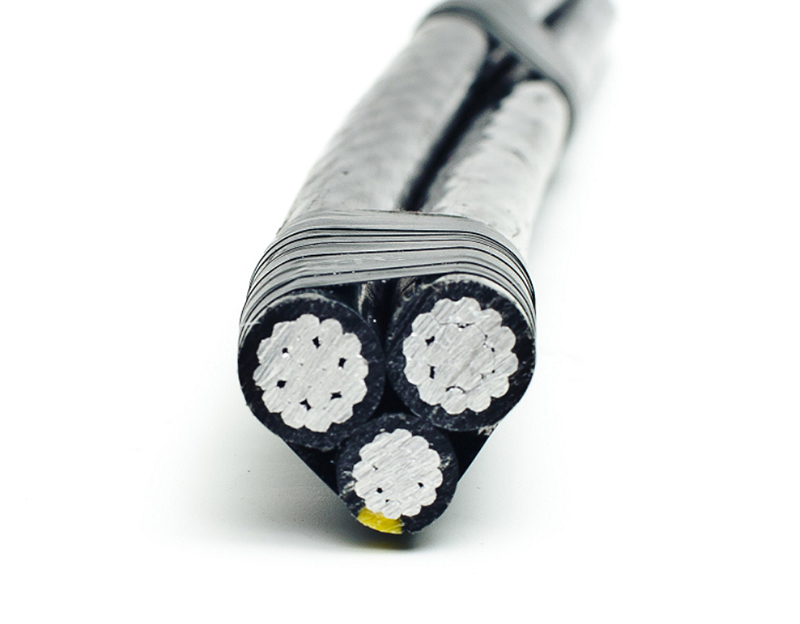
- High reliability of power supply
The use of overhead cables can greatly reduce various short-circuit faults (especially the common flashover faults of overhead bare wires). Compared with overhead bare wires, the failure rate is 4-6 times lower. - Good power supply safety
The use of overhead cables greatly reduces personal injury and death accidents due to electric shock. - Convenient installation and maintenance
Overhead cables can be erected on any kind of poles and towers, or along walls. Under special circumstances, they can also run through the bushes and be directly fixed on tree poles with hardware. It can be erected on a single circuit or multiple circuits on the same pole without requiring a wide “electrical corridor”. - Reasonable economy
Although the use of overhead cables is more expensive than the use of overhead bare wires, it is cheaper than ordinary underground cables. Therefore, although the one-time investment is slightly higher for the use of overhead cables, the operating cost will be significantly lower than that of overhead bare conductors based on other factors.
Laying method of overhead ABC cable
A single conventional laying method. This erection method is to use the current conventional cement poles, iron accessories and ceramic insulator accessories with bare conductors, and erect according to the bare conductor erection method, which is more suitable for the area where the old line is reconstructed and the corridor is sufficient.
A special insulating bracket is used to suspend the wires for single laying. This method can increase the number of circuits erected, save the line corridors, and reduce the cost of the line unit.

